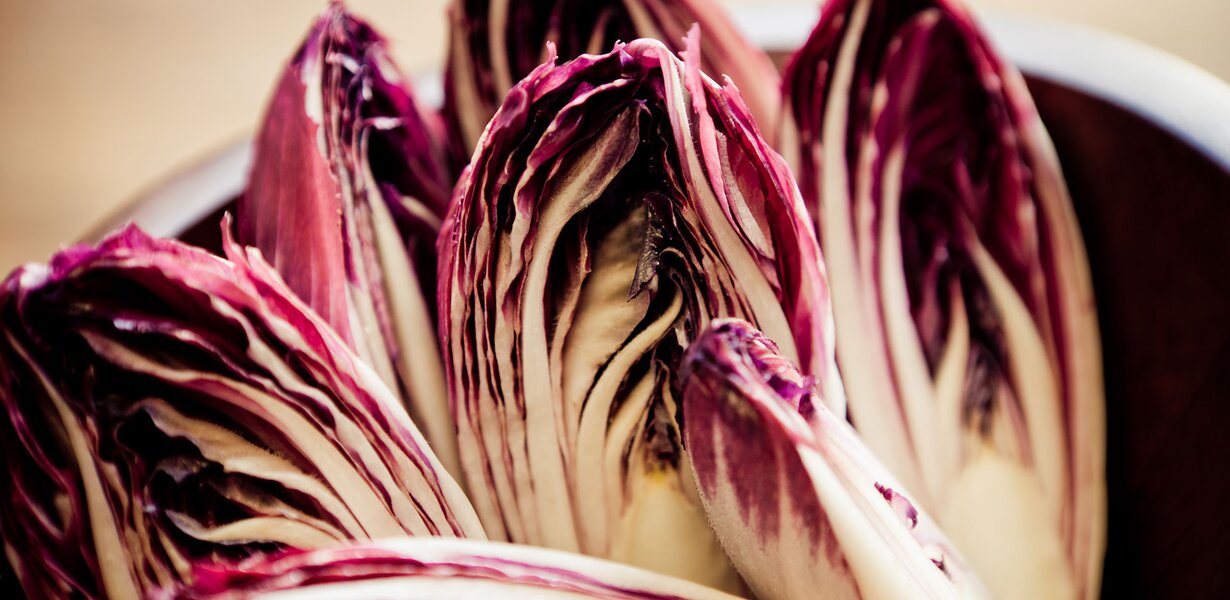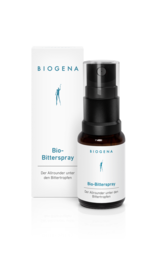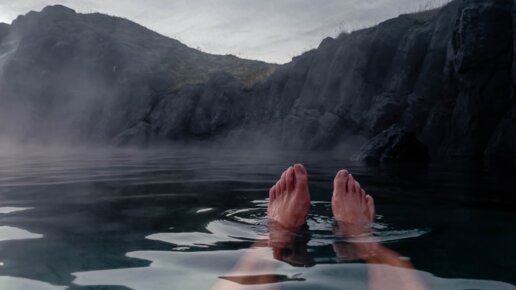Admittedly, it’s usually not love at first sight: bitter, the taste profile which, for many people, conjures up first an acidic facial expression and then a distorted smile. However, bitter tasting plant substances can offer valuable lifelines when used specifically. Find out today what makes bitter substances so healthy and why we "modern" people now need bitter substances more than ever.
What are bitter substances?
Bitter substances are bitter tasting substances with which plants protect themselves from hostile predators. Since many toxins have a strong bitter taste, small plant eaters such as caterpillars or snails prefer to give them a wide berth. On the other hand, other animals (e.g. sheep) instinctively eat certain bitter herbs if they are not feeling too well. And for us humans too, there is a "bitter herb" for many health problems.
Bitter – flavour with character
Amongst all the flavours, bitter is clearly the "diva", because it is anything but simple for our taste buds. While the human body has only three receptors for recognising the flavours umami and sweet, a flavour fireworks in which more than 20 different receptors are involved is set off by bitter.
Bitter is an unmistakable flavour that doesn’t automatically find its way to everyone’s heart. In addition, everyone has their own perception of bitterness. This depends partly on the quantity and the types of the different bitter substance receptors. The information for this is already firmly fixed in our genes. Nevertheless, the individual sense of taste can change over the course of time and the appreciation of bitter can be learned and honed through the regular consumption of bitter substances.
A taste profile is lost
Nowadays, however, our palate is rarely given the opportunity to sample bitter. The modern food industry has classified bitter substances as a sensory interference factor, and any bitterness has been farmed out of many types of vegetables to make them more palatable to the average consumer. So many originally bitter herbs and vegetables have also lost their bitter character. A significant loss when you consider the health benefits of bitter substances for our body.
These foods satisfy our longing for bitter
- Rocket
- Artichoke
- Endive
- Radicchio
- Chicory
- Dandelion
- Cabbage
- Brussels sprouts
- Ground elder
- Grapefruit
- Dark chocolate
- Coffee
- Tea
Did you know, ...
... that bitter substances can vary greatly in terms of their chemical structure? By definition, the 1000 various different bitter substances known to us have only one thing in common: They taste really bitter. A local bitter herb comes particularly to the fore here: The amarogentin contained in the roots of the native yellow gentian is now considered the bitterest natural substance with a bitter value of 58,000,000. This means that amarogentin is still clearly perceptible even once diluted at one to 58 million.
The power of bitter substances and how they work
Plant experts around the world discovered the wonderful effect of bitter substances early on. Nowadays, bitter substances are primarily known to stimulate the appetite and promote the digestion. The fact that bitter substances can do much more than this is underlined by more recent research results. In particular, the discovery and description of different bitter substance receptors on different parts of the body (Fig. 1) opens up new areas of application. These include, for example, the care of stressed skin or the support of defence processes in the respiratory tract. We point out of the benefits of a bitter taste experience for you.

Bitter substances and digestion
Bitter substances are true digestive aids. As soon as our tongue registers bitter, the digestive organs start their "warm-up". Neural and hormonal processes stimulate the production of gastric juice, bile fluid and pancreatic secretions, promote the digestion of proteins, carbohydrates and fats and stimulate intestinal activity (bowel movement, blood flow, nutrient intake) and liver metabolism. Particularly in the case of loss of appetite, bitter substances make you want to eat more due to their digestive effect.
Bitter substances and losing weight
But bitter substances are also good for the figure too, because they reduce cravings. If we consume bitter substances, our taste receptors sound an alarm based on an evolutionary response. Since many toxic plants taste bitter, a bitter taste leads to the release of the hormone cholecystokinin, which acts as a natural brake on eating. Admittedly, reaching out for rocket, grapefruit and the like when you want sweets or junk food takes a bit of getting used to – but this can successfully subdue your cravings.
New studies also indicate that bitter substances interact with our metabolism via other mechanisms and help us to lose weight. These include, among other things, an effect on blood sugar levels and an increase in energy consumption.
Bitter substances and the liver
For our liver, bitter substances are definitely not a “bitter pill”. On the contrary, they are particularly beneficial. These valuable plant substances stimulate the function of the liver and its ancillary organ, the gall bladder. This not only supports the body in digesting fat, but also promotes the excretion of toxins and metabolic waste. Certain bitter substances, such as milk thistle and artichoke, also protect the liver from harmful influences and support its regeneration.
Bitter substances – what do I need to consider when taking them?
Correct timing is required so that the bitter substances can develop their desired effect. During a food craving, bitter substances regulate the appetite and reduce the craving for sweets and junk food. Before a meal, bitter substances increase the appetite and prepare the entire digestive tract for the imminent digestive work. After eating, bitter substances alleviate the feeling of fullness, abdominal pain or flatulence and reduce the time of the “after dinner dip” or postprandial somnolence.
Despite the many health benefits, bitter substances are not to everyone’s liking. Bitter substances in a spray form can be a more pleasant taste sensation. They taste lighter and less dominant than drop preparations. This makes it easier for newcomers to develop a healthy liking for bitter things.
Literature on request from the author.
Bio Bitter Spray awakens a desire for bitterness
With the new Biogena Bio-Bitter Spray, traditional recipes devised by monks merge with modern plant knowledge. With 18 perfectly coordinated, high-quality organic herbs and organic spices, the spray contains a blend of bitter substances carefully prepared by hand, rounded off with a fine, sweet and aromatic note. Thanks to its practical spray application, it appeals to the taste, and makes it easier for new Bitter Spray users to discover pleasure in bitterness and to learn how to celebrate it.
Literature on request from the author.










